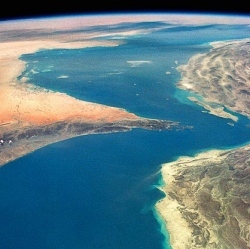
Researchers from the have identified an aerosol for solar geoengineering that may be able to cool the planet while simultaneously repairing ozone damage. This would be a powerful mitigation against any global warming that would need to be combined with a mitigation for ocean acidification.
Also, the world would still need to work towards decarbonizing (getting rid of fossil fuel usage) energy production and transportation.
“In solar geoengineering research, introducing sulfuric acid into the atmosphere has been the only idea that had any serious traction until now,” said David Keith, the Gordon McKay Professor of Applied Physics at SEAS and professor of public policy at the Harvard Kennedy School, the first author of the paper. “This research is a turning point and an important step in analyzing and reducing certain risks of solar geoengineering.”
This research fundamentally rethinks what kinds of particles should be used for solar geoengineering, said Frank Keutsch, the Stonington Professor of Engineering and Atmospheric Science at SEAS and professor of chemistry and chemical biology, a co-author of the paper.
Solar geoengineering, injecting light-reflecting sulfate aerosols into the stratosphere to cool the planet. Researchers know that large amounts of aerosols can significantly cool the planet; the effect has been observed after large volcanic eruptions. But these sulfate aerosols also carry significant risks. The biggest known risk is that they produce sulfuric acid in the stratosphere, which damages ozone. Since the ozone layer absorbs ultraviolet light from the sun, its depletion can lead to increased rates of skin cancer, eye damage, and other adverse consequences.
